It’s National Nutrition Month! And… RDN (RD) Day was March 10th (just so you know for next year 😉). I want to talk about something really special. My graduate degree is from Loma Linda University. My first semester there I kept hearing about living in a “Blue Zone.” I was like what is that?? Cold? Nope. I knew it was a Seven Day Adventist city so the whole city was vegetarian, sans alcohol and caffeine, and they all exercised daily (I totally went to the neighboring city – San Bernardino – to shop at times lol). I loved the eating! I was vegetarian so it worked out well but yeah I had to pick up my vodka and coffee elsewhere. But I was actually living and schooling in the Loma Linda Blue Zone!
I would go to the gym every day and see 90 year olds moving and grooving and socializing and HAPPY. I thought, wow this is a very different place… I wanted to learn more.
So this month I want to talk about the blue zone diet and lifestyle which may stoke some inspiration in learning about these agile bodied 90/100+ old living legends.
Nutrition for longevity is what the Blue Zone Diet is all about. “Blue Zone” is a non-scientific term given to geographic regions that are home to some of the world’s oldest people.
Dan Buettner was studying areas of the world in which people live exceptionally long lives. They are called Blue Zones because when Buettner and his colleagues were searching for these areas, they drew blue circles around them on a map. How interesting is that?!
Blue Zone Cities:
- Icaria (Greece): Icaria is an island in Greece where people eat a Mediterranean diet rich in olive oil, red wine, and homegrown vegetables.
- Ogliastra, Sardinia (Italy): The Ogliastra region of Sardinia is home to some of the oldest men in the world. They live in mountainous regions where they typically work on farms and drink lots of red wine.
- Okinawa (Japan): Okinawa is home to the world’s oldest women, who eat a lot of soy-based foods and practice tai chi, a meditative form of exercise.
- Nicoya Peninsula (Costa Rica): The Nicoyan diet is based around beans and corn tortillas. The people of this area regularly perform physical jobs into old age and have a sense of life purpose known as “plan de vida.”
- The Seventh-day Adventists in Loma Linda, California (USA): The Seventh-day Adventists are a very religious group of people. They’re strict vegetarians and live in tight-knit communities – where I did my graduate program!
Although these are the only areas discussed in Buettner’s book, there may be unidentified areas in the world that could also be Blue Zones.
A number of studies have found that these areas contain extremely high rates of nonagenarians and centenarians, which are people who live over 90 and 100. In America our average is 78 years old… so yeah, let’s look at what these people are doing!
And — did you know genetics probably only account for 20–30% of longevity?? Therefore, environmental influences, including diet and lifestyle, play an enormous role in determining your lifespan.
First I will go into some of the lifestyle practices that are non-food related, THEN dive in deeper with the specific food-based practices that these brilliant older people have lived by.

Lifestyle Practices:
- Ate smallest meal later in the day
- Exercise was built into their daily living
- Sufficient sleep (they often had daily naps)
- Stopped eating when they were 80% “full”
- Periodic fasting (like for religious holidays for instance)
- Alcohol in moderation
- Older and younger people live together (lower risk of death in grandparents who look after young children)
- Healthy social network
- Having a life purpose (psychological well-being)
- Part of a spiritual and/or religious community
Now let’s pick apart the specific food choices that spanned across each blue zone:
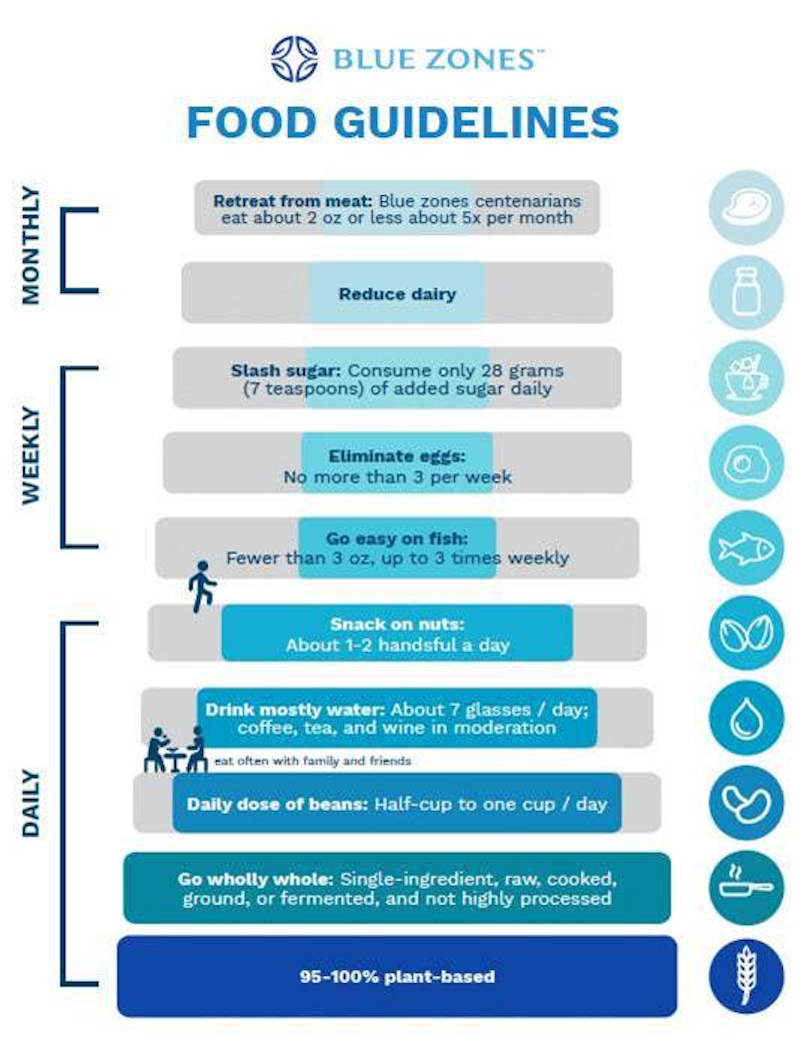
95-100% Plant based: People in blue zones eat a ton of in-season vegetables and fruits, and then pickle or dry in the off season. The BEST longevity foods are leafy greens such as spinach, kale, beet, turnip tops, chard, and collards. Combined with seasonal fruits, whole grains, and beans, these dominate the blue zone meals all year long. Evidence shows olive oil consumption increases good cholesterol and lowers bad cholesterol. In Ikaria, they found that for middle-aged people, about six tablespoons of olive oil daily seemed to cut in half the risk of dying!
People in four of the five blue zones consume meat, but very sparingly using it only during celebrations or a side dish. Research suggests that 30 year old vegetarian Adventists were likely to outlive their meat-eating counterparts by as many as 80 years! The Okinawans probably offer the best meat substitute: extra firm tofu, high in protein, and cancer fighting phyto-estrogens. That’s right, cancer fighting!
Moderate Amount of Fish:
Eating fewer than 3 ounces up to 3 times weekly is the recommendation. Less then you think, huh. What the blue zones did was eat ethical catches that are not threatened by overfishing. These are small, inexpensive fish such as sardines, anchovies, and cod -middle of the food chain species that are not exposed to high levels of mercury or other chemicals like PCB’s.
Beans Daily:
Eat at least a half cup of cooked beans daily! Beans reign supreme in blue zones. They’re the cornerstone of every longevity diet in the world: black beans in Nicoya; lentils, garbanzo, and white beans in the Mediterranean; and soybeans in Okinawa. People in the blue zones eat at least four times as many beans as Americans do on average.
Reduce Dairy:
Milk from cows was not really present in the blue zones diet except with some Adventists. Arguments against milk often focus on its high fat and sugar content, and I say the factory farming practices because of all the medicine and hormones that enter their bodies, and therefore ours. NO thank you.
The number of people who (often unknowingly) have some difficulty digesting lactose may be as high as 60 percent.
We don’t know if it’s the goat’s milk or sheep’s milk that makes people healthier or if it’s the fact that they climb up and down the same hilly terrain as the goats do. Interestingly though, most goat’s milk is consumed not as liquid but fermented as yogurt, sour milk, or cheese. Although goat’s milk contains lactose, it also contains lactase, an enzyme that helps the body digest lactose.
Eggs in Moderation and Type:
So think moderate amount of eggs. Eggs are nutrient dense but may be harmful if you get eggs that are hormoned and antibioticed up. NOT what our body wants to deal with. People in all of the blue zones eat pasture raised eggs no more than two to four times per week. Usually they eat just one as a side dish with a whole-grain or plant-based dish. Nicoyans fry an egg to fold into a corn tortilla with a side of beans. Okinawans boil an egg in their soup. People in the Mediterranean blue zones fry an egg as a side dish with bread, almonds, and olives for breakfast. Blue zones eggs come from chickens that range freely (pasture-raised!), eat a wide variety of natural foods, and don’t receive hormones or antibiotics. Slowly matured eggs are naturally higher in omega-3 fatty acids.
Reduce Added Sugar:
Consume less than 28grams (7 teaspoons) of added sugar daily. People in blue zones eat sugar intentionally not by habit or accident. They consume about the same amount of naturally occurring sugar (in fruits, veggies, and dairy), but only a fifth as much ADDED sugar.
Nuts with Nuts:
Blue zone peeps eat two handful of nuts per day (2 oz). Almonds in Ikaria and Sardinia, pistachios in Nicoya, and all nuts with Adventists. The Adventist Health Study 2 found that nut eaters outlive non-nut eaters by an average of 2-3 years. I’ll take it!
Bread Bias:
Blue zone style is 100% whole wheat/grain or unprocessed sourdough bread. That’s it. You know our bread is sooo far from this. Have you looked at a bread label?! It’s frightening. Very few brands do it right. In Ikaria and Sardinia, breads are made from a variety of whole grains such as wheat, rye, or barley, each of which offers a wide spectrum of nutrients such as tryptophan (an amino acid), fiber, prebiotics, and the minerals selenium and magnesium.
95% Whole Foods:
People in blue zones eat foods that are intact and whole and have very little processing. They don’t enrich or add extra ingredients to change the nutritional profile of their foods. Their food is untouched. How lovely is that?! A good definition of whole food is: made of a single ingredient, raw, cooked, ground or fermented. Tofu is a minimally processed for example, while a cheese flavored corn puff is highly processed. Almost all of the foods consumed by centenarians in the blue zones grow within a 10 mile radius of their homes. They eat raw fruits and veggies, they grind whole grains themselves and then cook them slowly. They use fermentation – a very ancient way to make nutrient bio-available food. And they RARELY ingest artificial preservatives.
Drinks Mainly Water:
Blue Zoners never drink sodas (including diet sodas). With very few exceptions, people in blue zones drank coffee, tea, water, and wine. That’s IT! Adventists recommend 7 glasses of water a day (they attribute less blood clots to this). Sardinians, Ikarians, and Nicoyans all drink a ton of coffee. Research associates this with less dementia and Parkinson’s. All the blue zoners drink tea. Okinawans nurse green tea allllll day. Green tea has shown to lower risk of heart disease and many cancers. Ikarians drink rosemary, wild sage, and dandelion (all have anti-inflammatory properties). People who drink in moderation tend to outlive those who don’t. 1-3 glasses of red wine daily with meal and friends was the average for the centarians. Do not start drinking if you don’t, k? Tell me that makes sense.
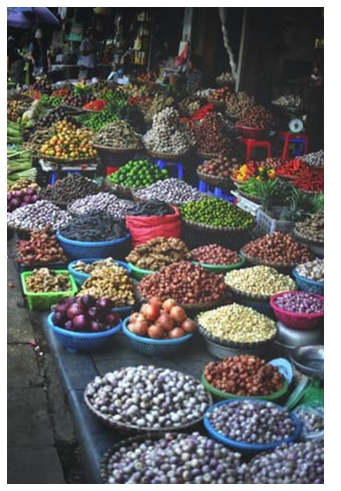
Here’s a little summary of their diets:
Summary: People in the Blue Zones follow plant-based diets, eating less than one pound of meat per month on average. Plant-Based diets tend to be lower in calories and saturated fat and higher in fiber and antioxidants than omnivorous diets, and studies have linked them with lower rates of chronic disease. Adults in the Blue Zones also tend to have 1-2 glasses of red wine per day (don’t start drinking alcohol if you don’t currently, and keep to moderation – 1 glass for women, 2 for men), always with food and often with family or friends. Check out some recipes and the blue zone meal planner for some ideas.
Also, here’s a recipe by Studio SWEAT family member Haley (our beloved Eric’s wife) who is a master at sustainability and homeopathic recipes and lifestyle. She inspires me weekly (you simply MUST follow her on Instagram @hippiehappyhaley):
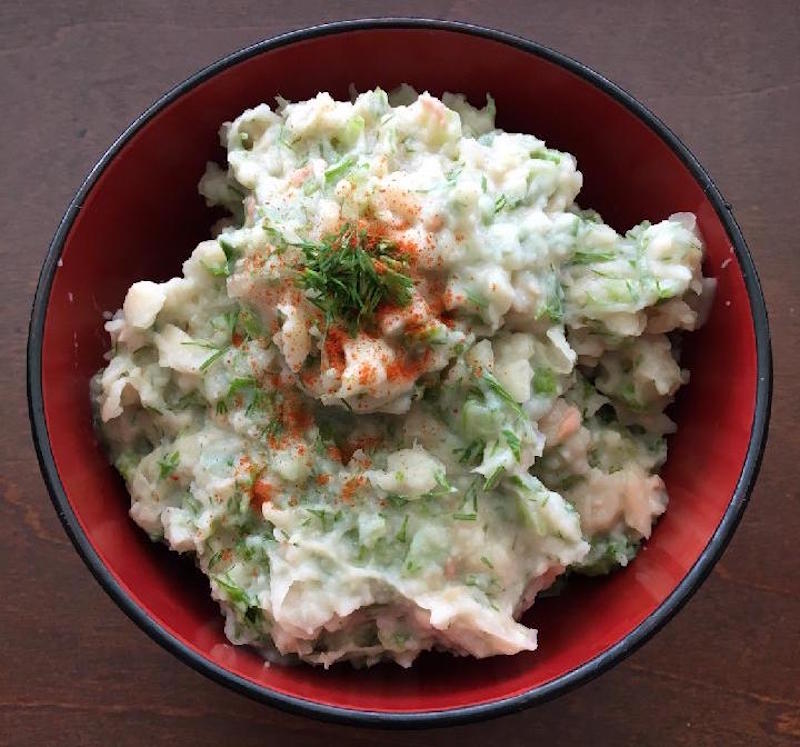
Lemon and Dill Smashed White Bean Dip
Ingredients:
- 1 can northern beans, drained and rinsed
- 1 stalk celery, minced
- 2 tablespoons minced fresh dill
- 1 tablespoon olive oil
- 1 teaspoon salt
- 1/4 teaspoon garlic powder
- Juice of 1 small lemon
Instructions:
- Add beans to a bowl and use a fork to smash until desired texture is reached.
- Add minced celery, minced dill, olive oil, salt, garlic powder, lemon juice, and stir until thoroughly combined.
- Scoop up this dip with celery, sliced cucumber, sliced bell pepper, whole grain crackers, or any other nutritious dip vessel. Enjoy!
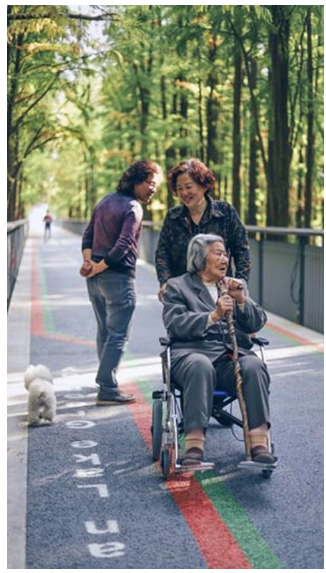
Summary in Total:
While I connect with a lot of these practices based on the seven dimensions of wellness, I still understand human psychology. This may scare off a lot of you. It’s daunting to look at all that it takes to live till you are 100+! Please keep in mind this is based on some very legit research observing sub group populations in the world already living this way, and their environment and culture are there to support it. It’s their norm. You must understand this is probably not your norm when you take inventory of your current culture and environment (hello McDonalds around the block). So if you can just pick one behavior to work on towards this type of living, that seems doable now. Keep it in mind and ultimately keep the bigger picture in mind. Do you in fact want to live longer AND feel well? If so… get after it! Start today!
In health and hope,
Miriam Jirari MPH, RD, CPT,
Certified Intuitive Eating Counselor and Behavior Specialist
Studio SWEAT Dietitian
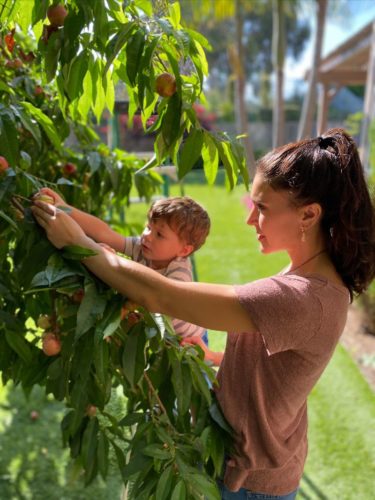
Resources:


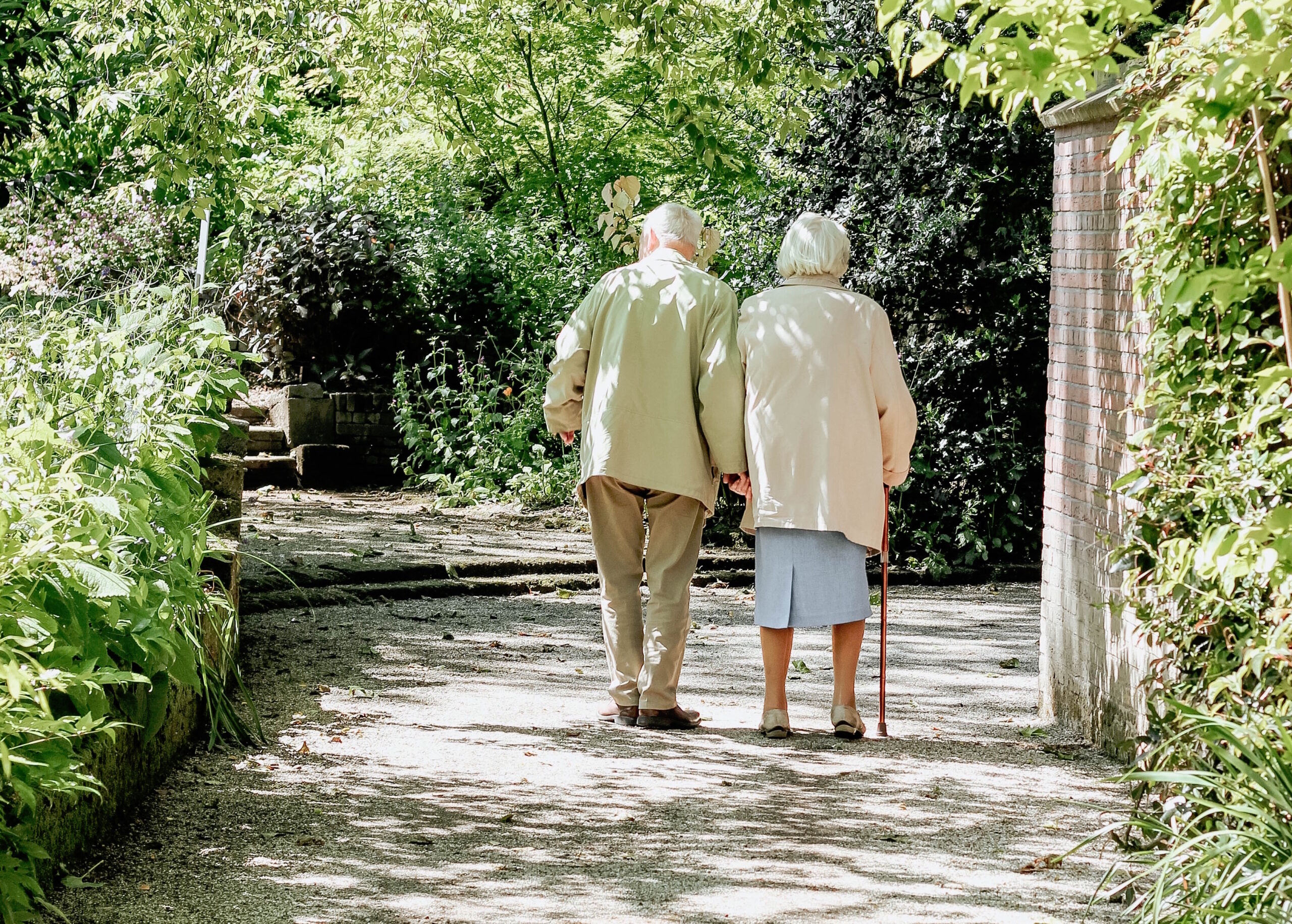

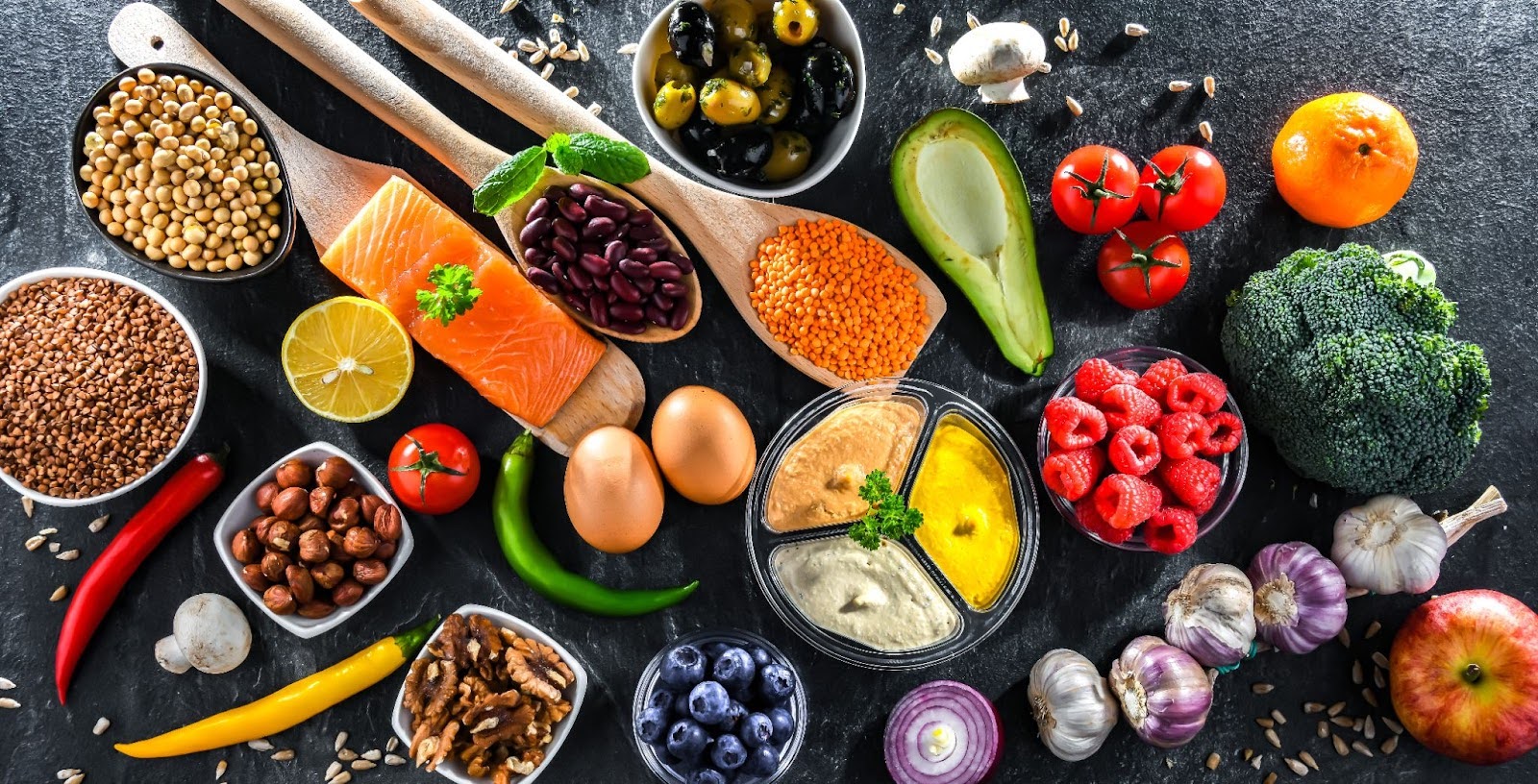





Comments - 0